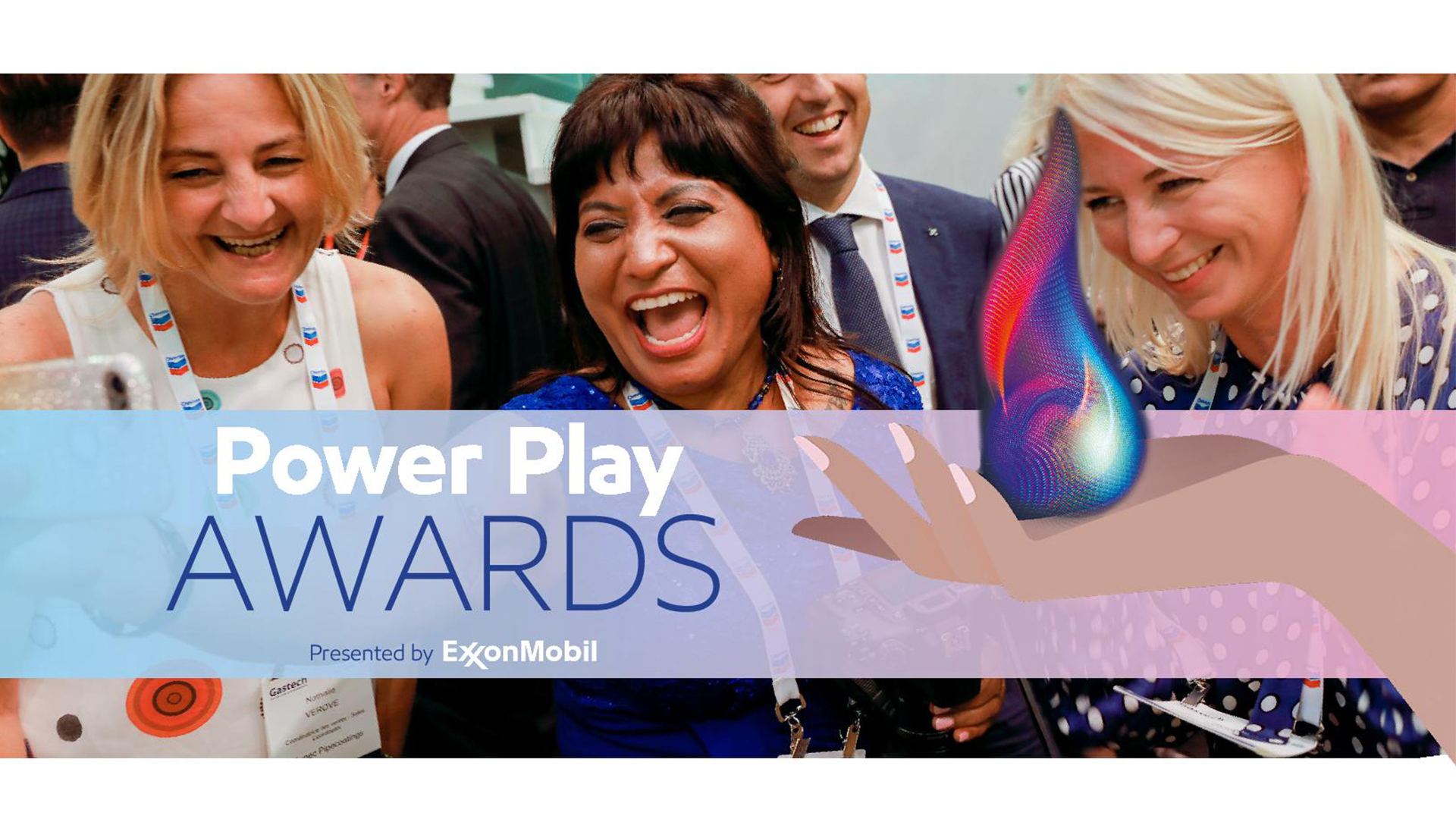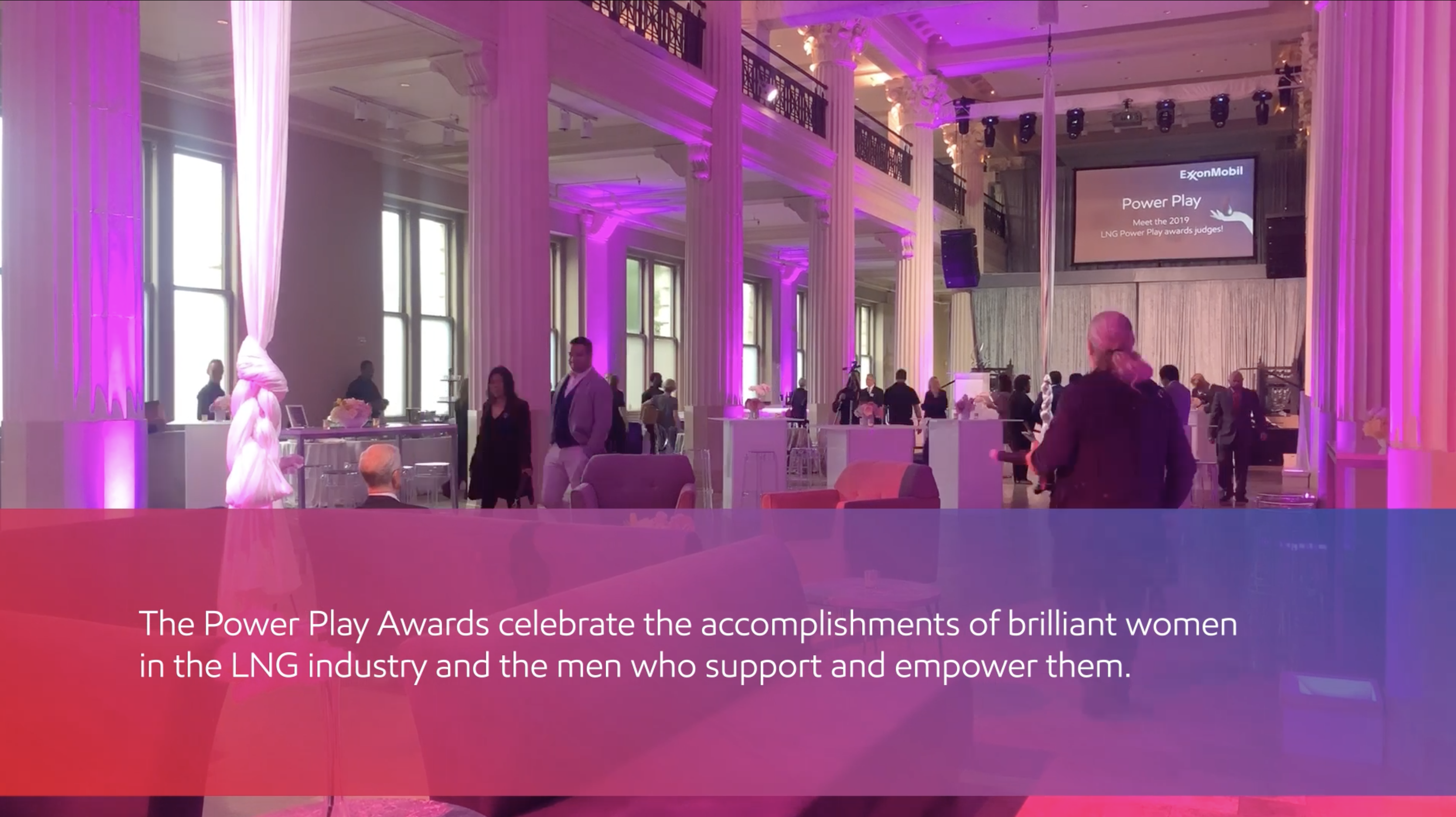In our business, marketers have reacted in expected ways. Advertising for travel and tourism, brick-and-mortar retail and restaurants has gone completely dark. Many other categories have reduced their spends or paused to wait for a more positive environment. Many have quickly shifted messaging to reflect an empathetic and supportive tone. Some have communicated sincerely about what’s transpiring but continue to march forward to keep business and the economy moving.
One trend has been the soaring numbers of consumers that are glued to computer screens and displays streaming content all day and night in place of outside activities. The collision of more access to consumers and less demand for advertising impressions has resulted in a lower cost for marketers to reach and engage with audiences. According to ezoic, the average open auction U.S. display ad CPM was $1.34 on March 1 and fell to $0.83 on April 8. It has since bounced back to $0.91 and it looks like it may stay in that range for some time. That means budgets for digital advertising campaigns can deliver 30% to 35% more for the same investment.
Smart marketers are taking the bonus and running with it. This environment will not last very long, but while it does, it offers a powerful opportunity for companies and brands to amplify their message and move ahead. Companies that continue to market and advertise through troubling times get a long-lasting positive impact in sales and market share.
This may be the time to expand, invest and test your digital placements for better results.
- Try new ad units that are simple to execute. Upgrade your 2D ads to 3D or include native ads.
- Explore new placement types. Try in-read video in the heart of editorial content.
- Expand your channels. Add the next on the list to your current social and display channels.
- Monitor and evaluate. Disciplined measurement to provide performance insight is critical.
Many marketers will keep their heads down during the next few quarters. When they decide it is safe to come out, they may wish they embraced the opportunity to keep building through the tough times and position themselves for the future.
The Latest
We study the game as hard as we play it.
Learn with us what’s now and next.
Related Stories
Virtual backgrounds to spice up your WFH
Mod Op’s creative team designed a couple of Zoom virtual backgrounds to add some individuality to our meetings, and yours. Whether you want to start a conversation, lighten the mood, set a professional tone or just don’t feel like straightening up your home office, please feel free to use these cool virtual backgrounds we’re excited to share with the world.
Download them all in the following here!
We’d love to see screenshots of your meetings using a fun virtual background – drop us a line or tag us on Facebook, Twitter, Instagram, LinkedIn @mod_op_
The Latest
We study the game as hard as we play it.
Learn with us what’s now and next.
Related Stories
For instance, we worked successfully through the Great Recession of 2008, we were here for 9/11, and we saw the 1987 market crash Black Monday. Ultimately, from each of these events and others, we moved forward learning lessons about stability, adaptability and empathy. And, as life returned to normalcy, we helped our clients grow stronger and more successful.
From the perspectives of business and marketing, the challenges before us now aren’t unlike those of the past. Yes, there is uncertainty, but we’ve been here before, and we know continued success requires thoughtfulness in our actions. It’s not time to panic or suffer paralysis. We must be sensitive to the goings-on around us, we must be smart, and we must invest wisely in our communications and our relationships. This is the way forward as we support our customers, prospects, partners and community.
We know because we’ve been here before. You could even say it’s part of our M.O.
The Latest
We study the game as hard as we play it.
Learn with us what’s now and next.
Related Stories

So how did they do it?
Building an Awards Program from the Ground Up
In December 2018, ExxonMobil LNG came to Mod Op with a challenge to launch an awards program completely from scratch, all based on a referral from someone with whom we’d worked previously. Now, that’s a leap of faith!
From when the moment our relationship with ExxonMobil began, we had less than four months before the awards would be announced to plan the launch, outline objectives, nail down budget, develop award categories and terms, launch two websites, create assets, schedule paid/organic programs, determine prizes, find a platform to track submissions and recruit judges.
Of course, we didn’t (and couldn’t have) done it all alone. In order for a program like this to be successful in short order, we needed collaboration.
Mod Op and ExxonMobil worked together to establish goals that aligned with the key focus of the program; raising awareness of diversity in the LNG industry; building awareness for the Power Play Awards; and building a community of ambassadors for the program across the industry.
Once the objectives and timelines were set, we worked tirelessly to develop a comprehensive awards program from the ground up.
With everything in place, our team flew to Shanghai to help ExxonMobil announce the Power Play Awards at LNG 19. In preparation for the live, in-person announcement, we produced ambassador pins, printed awards handouts, drafted and distributed a press announcement, managed ExxonMobil LNG’s social channels to supplement outreach for the awards and developed and launched two new websites in just four months’ time – one in English and one in Chinese.

Launching and Promoting the Inaugural Awards
Leading up to and during the awards process, Mod Op executed numerous promotional campaigns and developed supporting materials to raise awareness for the awards.
We launched several paid media programs to extend awareness of the awards to a broad audience within the LNG sector, nurtured site traffic back to awards content and encouraged nominations leading up to the submission deadline.
From April through December, our team implemented organic and paid social media campaigns to support the awards and share ExxonMobil LNG updates.
We supported the awards program through public relations by drafting and distributing three press announcements to our media lists. We also pitched the media for interviews during Gastech 2019 to increase exposure of Power Play and the awards.
Throughout the process, Mod Op corresponded directly with nominees and finalists, verifying submissions and coordinating attendance at Gastech. We also developed finalist and winners’ packages. And we worked with an awards company to create and engrave the prestigious trophies.
Supporting ExxonMobil LNG at Gastech 2019 and the Awards Ceremony
At Gastech 2019, our team provided event support including coaching and coordination of speakers and judges, interviewing finalists and winners, designing and printing awards, transporting the trophies, coordinating media interviews, live-tweeting and filming the show and awards ceremony.
During Gastech and the awards ceremony, the Mod Op team filmed and produced five quick-turn videos for immediate implementation, including an awards ceremony recap that was filmed the night of the event, edited and finalized for implementation and social posting by midday the following day.
Putting together an event like this was no easy feat, but it wasn’t just what Mod Op was able to deliver that made it all worth it in the end. It was getting to meet the finalists and winners face-to-face and getting to know them. It was collaborating with various Mod Op team members from other offices and working together to accomplish something big. It was making the client’s dream come to life when so many factors had made it seem nearly unattainable.

A Major “Power Play” of Results
Mod Op and ExxonMobil LNG’s efforts throughout the process paid off tenfold. Not only were the awards a huge success, but the nominations submitted were heartfelt, enlightening and emotional.
Overall, the results of our collaboration with ExxonMobil were huge:
- Digital paid media delivered 560,229 impressions and 3,060 clicks from April – September.
- The Power Play Awards web page received 32,000 pageviews.
- Mod Op’s paid search efforts drove 343,328 impressions, 3,060 clicks and 5,534 visits to the Power Play Awards page.
- Organic and paid social programs on Twitter and LinkedIn generated 4.6 million impressions, 54,000 clicks and 92,400 engagements.
- ExxonMobil LNG’s LinkedIn and Twitter followers increased 238% and 38% respectively from April – December 2019.
- During the nomination process, Mod Op secured 81 nominations, submitted from 157 companies across 52 countries. During the final community voting portion of the judging process, nearly 40,000 votes came in from the LNG community.
- During Gastech and the awards ceremony, all 12 of the international finalists were supportive of one another, because even if they didn’t win their category, they knew this awards program was a win for women in the industry. This was truly a success story for women supporting women.
When all was said and done, the launch of the Power Play Awards was an unmitigated success, and the event proved to be a major power play, both for women in LNG and for Mod Op’s new relationship with ExxonMobil.
Looking for an agency that will work with you to make your business dreams come true? Visit our website or drop us a line!
The Latest
We study the game as hard as we play it.
Learn with us what’s now and next.
Related Stories
Although this seems obvious, and, even with the advent of social media and companies like Google and Amazon integrating into our daily lives, many companies, including some large, publicly traded companies, felt it was unnecessary to develop a comprehensive digital strategy. Companies that were still performing, albeit at significantly lower growth rates than their digital peers, suggested it was not worth the investment to assimilate to ecommerce or digital channels. Sales organizations that have relied only upon on-the-ground sales forces, using long-time personal relationships, have slowly seen that model deteriorate. Covid-19 has significantly accelerated the idea that companies without a digital ecosystem are likely to be “Blockbustered”.
Over the past few years, Mod Op has partnered with many clients to achieve their goal of building a digital ecosystem, encompassing a modern, effective website, mobile applications and a digital media strategy, including programmatic and display advertising, SEM, SEO, social media and public relations. Additionally, creative is an important aspect of all of these disciplines. Effective creative will always make a good digital strategy great.
To be clear, we don’t believe we need to leverage all disciplines for all clients. Instead, we consider the historic business model of the client and work with management to build a strategy that will transform and conjoin with the existing model, creating a framework for the future. And, while digital transformation has been more common among B2C companies than it has been among B2B companies, there may be opportunities for B2B companies to differentiate themselves through new digital frameworks and strategies. Regardless, an integrated approach, including a portion or all of the strategies above, will allow for companies to outpace their peers, or in some cases, save them from a fate similar to that of Blockbuster.
The Latest
We study the game as hard as we play it.
Learn with us what’s now and next.
Related Stories

As we’ve grown and evolved over the years, we’ve added new skillsets and capabilities, and, as of 2019, we put the final pieces of our puzzle in place with the addition of media management, public relations and strategic planning experts. As we’ve changed, so has our story, and today, our story is more compelling than ever.
To tell that story, we’re launching a new campaign titled “What’s Your M.O.?” As with all good stories, ours has many facets, but the main essence is this: We put our best people and practices (our Methods) in action to accomplish our clients’ marketing objectives (their Opportunities.) So, every time we engage with you, whether we’re launching a standalone project, a 360º campaign or an agency of record relationship, we start with a dialog about the end-results you expect to achieve. Examples are brand recognition, ROI, building a digital ecosystem or a number of different of other KPIs. We then set a plan in motion, implementing the appropriate methods to recognize these goals.
That’s our M.O., and we hope it’s yours, too!
As we initiate this campaign, and more importantly, as we continue to methodically capitalize on client opportunities, we look forward to engaging with you.
The Latest
We study the game as hard as we play it.
Learn with us what’s now and next.
Related Stories
Below are some of the more common myths surrounding digital marketing with the corresponding reality:
Digital marketing is best suited for brands that market to consumers.
It’s simply not true. Digital marketing is a great way to reach consumers, but it’s equally effective for business-to-business audiences. One reason that this myth continues may be because business-to-business purchases often have longer sales cycles that don’t culminate in online purchases. That continues to be true, but the majority of business-to-business customers do most of their research and evaluation online before engaging with a company. It’s critical for marketers to be present during that search for products/services and their evaluation.
Finding the right decision-makers on the web is becoming more precise with ever-increasing options for targeting them. Many of our clients target niche buyers that you might think would be hard to reach, but “big data” has made it more possible than ever. We can layer job titles, geography, content relevance and even company IP addresses to zero in on the right people at the right companies. One of the reasons for the recent exponential growth in digital marketing initiatives can be tied to the ability to deliver targeted, personalized messages to audience segments sliced and diced in ever-more granular ways. This programmatic targeting allows advertisers to identify the user and market to them wherever they are on the web versus relying on industry sites to aggregate them for us. It’s often more effective at a lower cost.
I can easily develop and manage a digital marketing program myself.
Marketers can’t check their email or voice messages without a solicitation for another marketing automation tool that’s the greatest thing since sliced bread. Some have merit. A lot of them don’t. We don’t have anything against marketing tools – we use many of them on behalf of clients. We do, however, recognize that they are tools. A good tool in the hands of an experienced mechanic yields good results – a good tool in the hands of someone who doesn’t know how engines work won’t turn out so well.
Marketers in the digital space need a partner that knows the opportunities and pitfalls, one that can strategically think about how to best accomplish objectives, launch new products or respond to competition and market dynamics. Those things are still the most important factors in marketing success (online or offline).
It’s expensive.
If it’s done right, digital marketing should be less expensive than other forms of marketing. Certainly there are some high-impact opportunities that can get pricey, but the ongoing outreach and content delivery to your online audience can be cost-effective, especially compared to traditional marketing like print and broadcast advertising. Not only is it more economical and more effective, but it can be measured and evaluated on a “cost-per” basis. Evaluating the impact of traditional marketing is much harder, if it can be done at all. Programs like retargeting, search engine optimization and social media campaigns have tremendous returns for the investments required.
Digital marketing requires technical expertise.
Digital marketing, like other forms of marketing, requires marketing expertise, not technical expertise. There are definitely new things to learn specific to digital marketing, but they tend to be about new acronyms, metrics, regulations and new offerings. Marketing fundamentals like audience insights, market knowledge, understanding how to reach customers and how to measure effectiveness still differentiates good digital marketing programs from those that are less effective.
Quantity over quality.
The thought that pushing more content out in the digital space will increase exposure and achieve better results is flawed. As is the case in most instances, quality trumps quantity. It’s important to be consistent in generating content, and we’re proponents of a steady flow of good content. Good content should be some combination of useful, informative, entertaining and insightful. Well-executed digitally-based content has the potential to enrich and enliven the level of engagement a consumer may have with a particular brand. Good content should always focus on the value for the customer, not the search engine.
At Mod Op, we’re big believers in digital marketing and the benefits it delivers for our clients.
Misconceptions like the ones above will be debunked, and new ones will emerge as the market continues to evolve. If you need help navigating the digital landscape we’re here to help.
The Latest
We study the game as hard as we play it.
Learn with us what’s now and next.
Related Stories
Understand your customers
A Bloomberg report said that “delivering a great customer experience is a top strategic objective” for companies. To do so, you need to understand customers’ perceptions, priorities and motivations. Many business leaders can be a proud and stubborn bunch, thinking they REALLY know their customers. But, let’s be real. Those business leaders have personal bias towards their customers, usually without realizing it. There is nothing more valuable about learning what makes your customers tick than hearing it straight from them through objective market research. Then, you can build a customer experience platform that ties your company’s strengths to your customers’ priorities and concerns.
Think beyond the transaction
No matter the product or solution, purchase decisions are made rationally and emotionally. Create customer experiences that have meaningful substance to help people make informed decisions but do it with a style that generates excitement and advocacy for your brand.
Surround your customers
The traditional sales funnel is long gone, and customers are bouncing around discovering, educating and seeking information long before they initiate any contact. Online and offline, consider all the touch points you have available to create a meaningful interaction with your customer.
What gets measured gets done
This old adage holds true at every level of business. Measuring performance, satisfaction, sales and retention are all ways to create accountability and gain meaningful insight into your customer experiences. Leverage that data to set benchmarks and optimize against them to constantly improve.
With a solid foundation, here are a few of my favorite tools that enhance my customer experience with brands.
Mobile support
My phone is always with me, and I’m not alone in that it’s often the first thing I turn to when I have a question or a problem. Brands that readily arm me with information and support when I need win with me.
Live chat
For me, live chat feels like it’s on its second wind, but I’ve long been a fan of the chat function. It’s quick, easy and puts me in control. I’ll go as far as saying that when done well, a live chat can be just as helpful and personal as an in-store engagement.
Social media support
Social media is where I, and most everyone else, go to share experiences with family, friends and acquaintances. I appreciate when brands are proactive in addressing issues through social or when they leverage the platforms to bring me information and offers that fit my lifestyle.
The human touch
I recognize tools that I find most favorable are digital, but it’s critical to not lose the human element. While I buy more from Amazon than brick and mortar, I still prefer the human element of an in-store experience. Even 25 years later, I get nostalgic every time I walk into a Best Buy, thinking about the times my friends and I rode our bikes to peruse thousands of CDs and play games. Apparently, I’m not alone.
An Accenture study reported that 83 percent of customers prefer human beings to digital channels when addressing service issues and 65 percent agree that in-store experiences provide the best personalized service. Companies that aim to be customer experience leaders must understand their customers’ preferences, be ready to help them wherever they are, and constantly improve while working hard to achieve the right balance of human and digital interactions. That’s exactly where an agency can provide a steadying hand and ensure your marketing is providing the most effective experience.
The Latest
We study the game as hard as we play it.
Learn with us what’s now and next.
Related Stories
Intrusive ads
Due to native ad blockers and simple consumer dislike, intrusive digital ads are on their way out. This includes everything from pop-up banners, online ads that take over your device’s entire screen and even ads that interrupt what you’re reading or watching, forcing you to pay attention to the ad instead. Not only do intrusive ads cause more and more consumers to use ad blockers, they also create distrust for advertisers. Instead of intrusive ads, focus your online dollars on promotions that consumers actually want: ones that are targeted, relevant and don’t distract from the content the audience wants to consume. Don’t forget to offer ways for the audience to explore additional information.
Sending emails too frequently or that are not targeted properly
Want to know the fastest way to lose subscribers? Send three emails a day that are completely irrelevant to the audience. If the recipient doesn’t immediately unsubscribe, expect that email to sit forever unopened in a folder that will never be opened either. We as advertisers need to take some time to get to know our online audiences and help deliver exactly what they want, when they want it and how often they want it. By staying targeted and relevant, you’ll keep your messages in front of consumers.
Excruciatingly long video ads
Think you’ve got a great idea for an online video ad? Make sure the first few seconds cover everything you want the consumer to know. If not, the viewer will likely be too frustrated with your brand to pay attention. And if given the option to skip, 90 percent of consumers will skip. Keep it short and keep it relevant.
Sneakily selling consumers’ data to third parties
Few things will anger your target audience more than putting them on some email list or phone list for them to be constantly harassed. There are situations in which a consumer might be genuinely interested in receiving offers from third parties, but just make sure the information is clearly outlined and that users know what they are getting into.
Tricking your target audience into compliance
Consumers are smart, and, even though they have been trained to avoid or ignore online ads, sometimes they still fall prey to a new tricky digital ad format. Sometimes this comes in the form of putting the close button on a welcome ad in the top left corner (as opposed to the right corner, where it usually is) or making the close button light gray text on a white background. This can also be seen on Bumble, the dating app where you swipe right if you like someone and left if you dislike someone. By putting ads in between profiles, it’s a common mistake to accidentally swipe right on an ad, effectively tricking users into accidentally clicking. Annoying your customer and tricking them into clicking the ad accidentally isn’t doing anything for your brand, except artificially inflating your click-through rate and causing your bounce rate to skyrocket.
Instead of only thinking about digital advertising as a numbers game with no downsides, focus on creating and placing ads that resonate with your audience and provide minimal disruption to their online experience. Working with an agency that understands this is a strong first step to save your ads from the virtual graveyard.
The Latest
We study the game as hard as we play it.
Learn with us what’s now and next.
Related Stories
But where to start? Months go by, quarters pass and you start to realize that perhaps there’s a bit more involved in getting your audience to buy in to your position as a thought leader.
If this at all sounds familiar, find comfort in knowing you are not alone. The path to thought leadership is not linear, and successful programs for one business are rarely identical to another’s. To help you sort through the fog, below are a few best practices to keep in your back pocket:
1. Continually Create Content
Blogs, webinars, podcasts, etc.
Generating content as part of your thought leadership program may sound like a no brainer, but, beyond being informative, you’ll want to ensure your content stands out from the crowd. Take a stand. Be bold! According to this Forbes article, “Once you take a point of view, express an opinion or share insider or expert-level knowledge, your addition to the conversation isn’t just another link amidst the marketing noise.”
It all starts with developing valuable content. By “valuable,” I mean the kind of content that’s going to encourage your target audience to engage. The type of content that generates the highest engagement depends greatly on your target audience. For example, a more technical audience might be intrigued by webinars, whereas a less technical audience may be interested in blogs. Take advantage of what you already know about your audience, and keep an eye on engagement data to fill any gaps.
2. Leverage What You’ve Got
Your website, social media, paid opportunities, etc.
Once you have content, you’ll need a plan for how to implement it on your site. If you have an active social media program, you should consider posting about new pieces of content. LinkedIn calls out one of the primary benefits of owned media: “Media that you own is content that you control.” You can control when, where and how content goes out, and that is a valuable piece of the thought leadership puzzle!
3. Earn What You Don’t
Contributed articles, interviews, press release pick-ups, etc.
This is where you’ll see the endorsement of your company’s positioning as a thought leader really start to build momentum. You can push messages out all day, every day, conveying your unique opinions and expertise, but, if the only place your expert voice can be found is through your own channels, the results of your efforts will not likely meet your expectations.
Meltwater defines earned media as “publicity gained from word of mouth, online reviews and blogger, press and influencer relations. It’s a third-party endorsement of your brand.” Seeking third-party opportunities for coverage is imperative to the process; it is the secret sauce to making your audience buy in to your business’ expertise.
All in all, the most impactful strategy is to surround your target audience with varying forms of content through multiple channels. Of course, it also needs to be the right content through the right channels. That’s why partnering with an agency with broad and deep expertise in this area is the right call.
The Latest
We study the game as hard as we play it.
Learn with us what’s now and next.






















